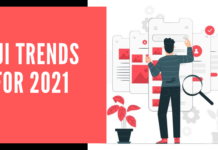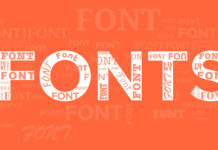When it comes to designing a user experience, you must have a proactive view.
That is to predict what the user would most likely do, or would like to do, and provide a simple way to accomplish this. It also means that your site can be used effortlessly, providing you with an effective user experience.
A good user experience design also results in a good user experience, which in turn will reward you in many ways, usually through multiple page visits, more sharing of your page, better ranking, and more sales and conversion.
On the other hand, poor design of user experience can have a completely opposite effect, and users, more than surely, what they are looking for will try to find it elsewhere. Your site will be their last resource, something that you would certainly not recommend to another. When your site’s user experience is poor, users feel that you do not care about them and their needs.
HAVE BEEN SIMPLIFIED
Users should never bother to understand how to do what they want to do. It must be obvious that they have to do everything. One of the most important things is not to hide the important options. Do not make the user need to make some kind of voodoo magic (such as clicking on an icon) to get his work out of the type of navigation. In other words, if there is a well-known, standardized convention about it (such as the unequivocal hamburger menu), but in another case, you must be careful if you want to be too creative.
WHEN STANDARDS exist, USE THEM
It’s not a problem to be original, but you also have to adhere to the accepted standards so you do not get into trouble and users do not have to decipher things. This means that, for example, navigation should be in the upper, left, tabbed, or in combination of these few things.
If you use hidden navigation, the navigation detection tool must be located upstairs to the left, and it must be easy to identify (using a hamburger icon for a menu, or even text).
The search box belongs to the upper right corner, and if you move it elsewhere, you will only confuse the user. If you do not have space for the search box to be always visible, the icon you need to use is the magnifying glass (no one knows why, but it’s the most commonly used convention, although it has no connection to a search), a pair of glasses, or a button with the word “search “To yourself.
Links to your personal data protection policy, work conditions, etc. should appear as the last items on the main menu or at the very bottom of the page.
DO NOT ALLOW FINTS / TRICKS
Many things look fun, interesting, and … it’s great, but if the only reason these elements are on your web site is the fact that they are interesting, and in no way serve the needs of users, then they surely interfere with performance and they should not be there.





















